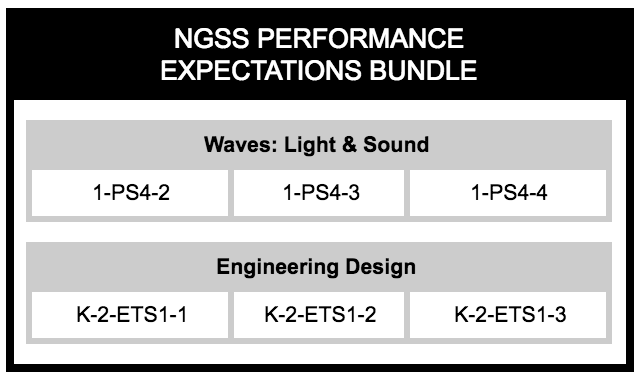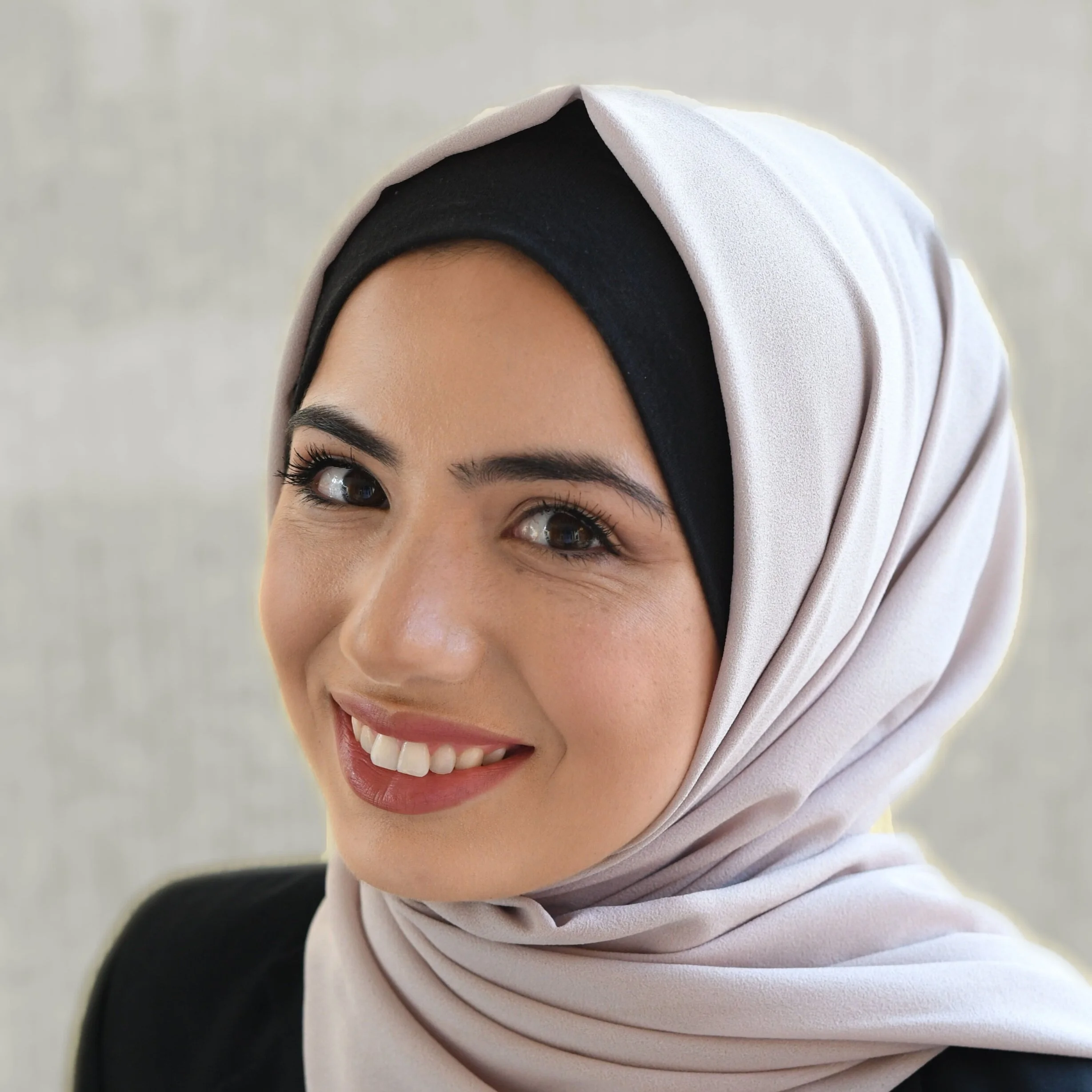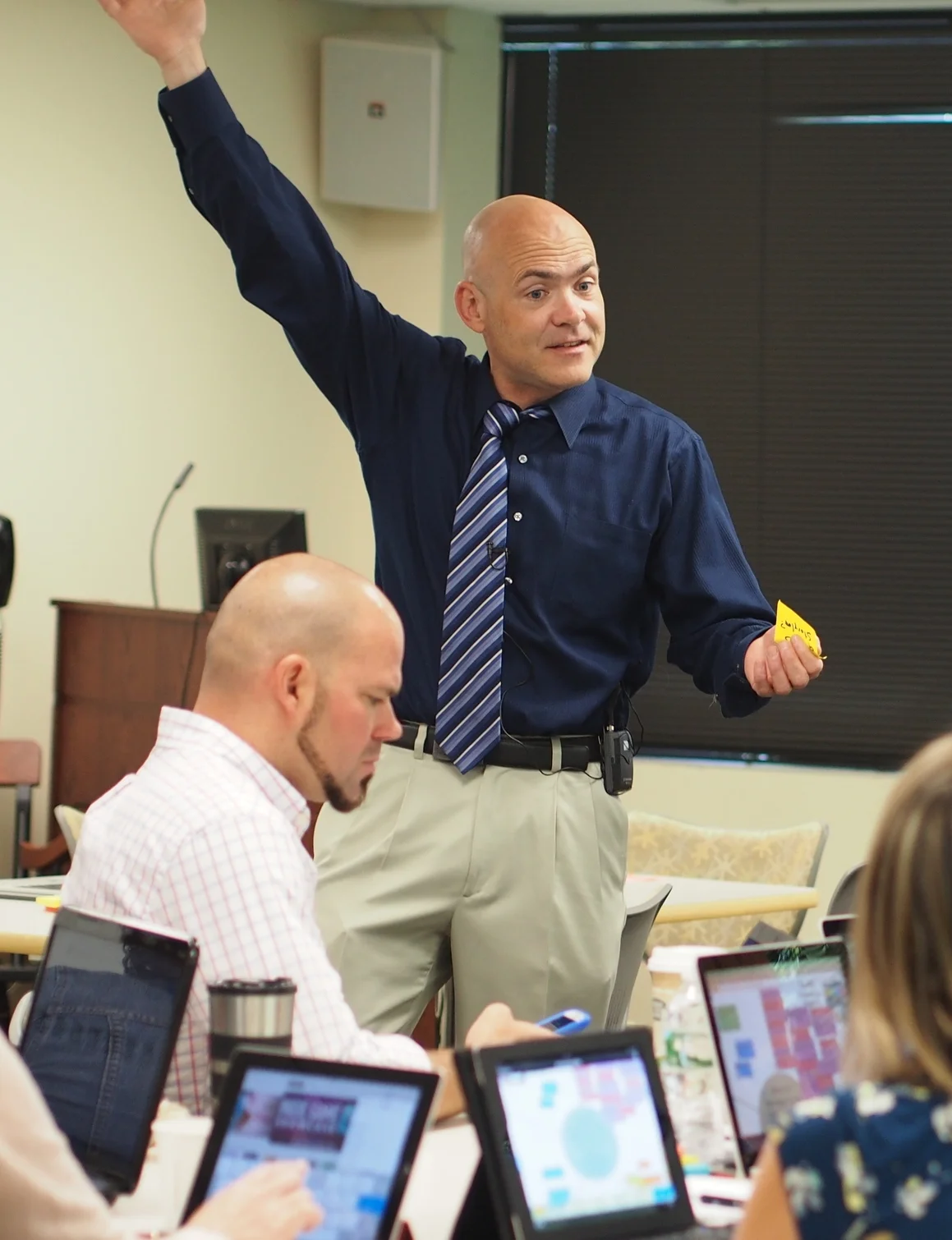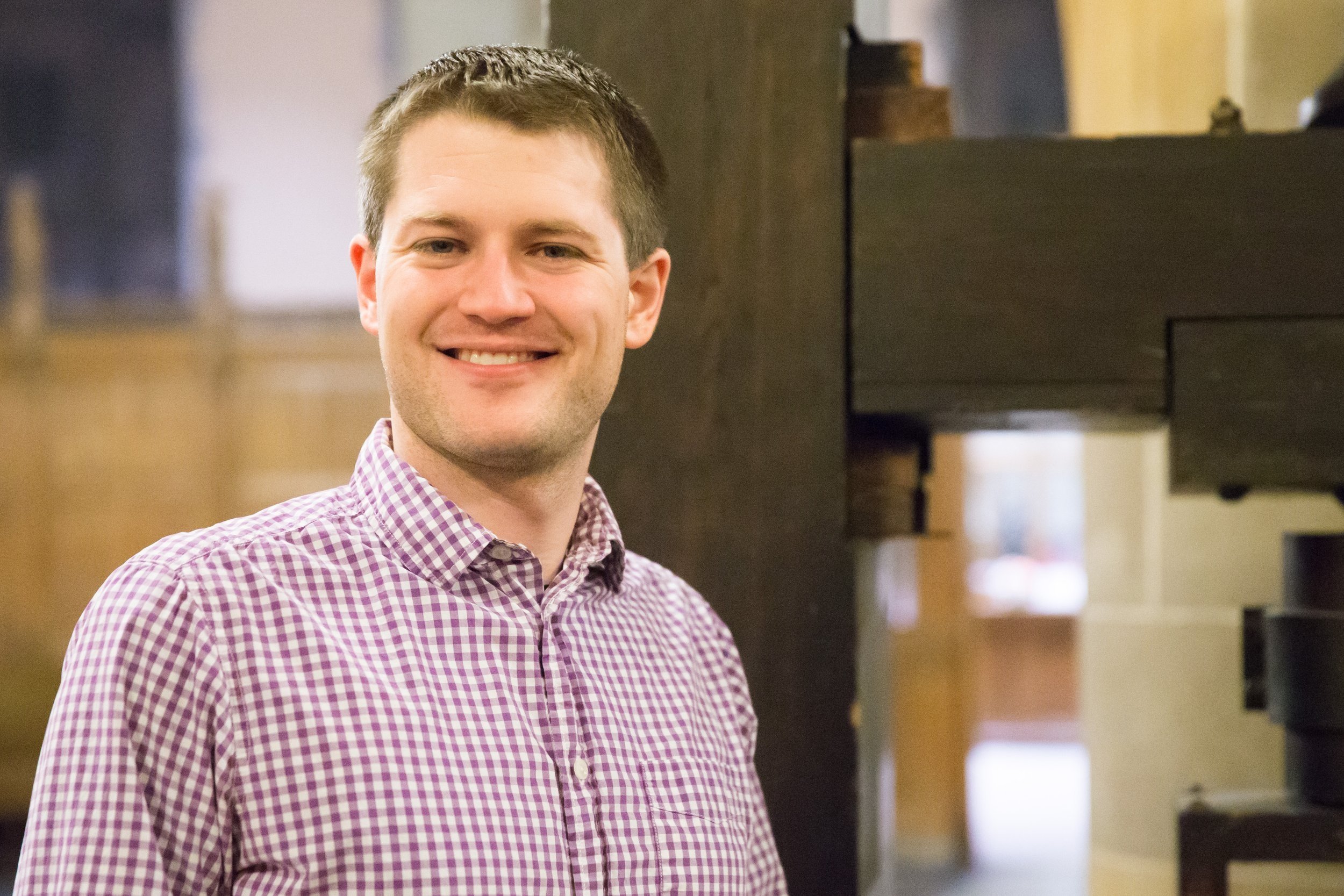How Does Light Help Me See Things and Communicate with Others? [v2.0]
Access All the Unit Resources <

Synopsis
This first-grade unit on light starts with students exploring how many shapes they can see on different pieces of paper at various locations around their classroom when the lights are turned off. They are surprised to find that some of the shapes are not visible in these conditions. This leads students to start wondering about other phenomena related to seeing in the dark, which in turn leads to new questions and design problems related to how they can make their room completely dark.
What students figure out
By the end of the unit, students develop powerful ideas about the interaction of different materials with light, and its effects on what we see. These ideas include:
Objects can be seen if light is available to illuminate them or if they give off their own light; very hot objects give off light.
Some materials allow light to pass through them, others allow only some light through, and others block out all the light and create a dark shadow on any surface beyond them, where light cannot reach.
People can use light to communicate (send and receive information) over long distances.
A situation that people want to change or create can be approached as a problem to be solved through engineering.
DEVELOPMENT TEAM
Gretchen Brinza is currently teaching fifth and sixth-grade science in Chicago Public Schools. She has spent her teaching career in various science and engineering teaching positions in grades K-8th. She is always willing to learn more about three-dimensional learning and the positive impact it has on student learning in science. Gretchen participated in the MSU-Urban STEM and Leadership Fellowship. She is a recipient of the 2016 Presidential Awards for Excellence in Mathematics and Science Teaching (K-6 Science, Illinois) and the 2017 Illinois STEM Educator Award.
Jeanane Charara is an Elementary Science Resource teacher for Dearborn Public Schools in Michigan supporting science instruction through professional development, coaching, and curriculum development. She is also a peer reviewer on Achieve's Science Peer Review Panel. As a peer reviewer, Jeanane evaluates science lessons and units designed for the NGSS. She formerly taught as an elementary ESL teacher and was the Distance Learning coordinator at the Michigan Science Center. Jeanane is passionate about elementary science and works toward making it more accessible to all teachers and students.
Katy Fattaleh is a K-8 Instructional Technology Coach at South Park School in Deerfield, IL. As a former classroom teacher, she shares her passion for educational technology across the content areas to elevate teaching and learning in grades K-8.
Sara is currently working as the International Baccalaureate Primary Years Program Coordinator at Ogden International School of Chicago. After teaching in elementary schools abroad for eight years, she enjoys being able to support learning in the public school system here in Chicago. Her role allows her to reach all 30 classrooms of K-5 students at Ogden through co-planning, co-teaching and coaching teachers. She is endlessly curious, seeking to always learn more about inquiry, international education and supporting teachers to enhance student learning.
Michael Novak develops NGSS-designed curriculum materials and professional development for the Next Generation Science Storylines project at Northwestern University. He is currently working on several development teams in the OpenSciEd Developers Consortium to build storyline-based middle school NGSS units and professional development resources. He has also authored instructional units and computational models for the Center for Connected Learning. Novak is a 2014 Golden Apple Fellow and National Board-Certified teacher.
Kaia Tomokiyo is a a National Board Certified Teacher going into her 9th year of teaching. She has experience teaching grades K-2 and has been a teacher-leader for most of her career. Kaia is a science enthusiast and studied many of the sciences during her undergraduate program at the University of Washington. She is currently teaching kindergarten at Sartori Elementary in Renton, WA. Kaia has also been working on designing elementary science curriculum aligned to NGSS and she specializes in Ambitious Science Teaching Practices.
Dan serves as a unit lead and writer on OpenSciEd units, with an emphasis on middle school integrated computer science and (previously) high school chemistry. He joined the team after years as a high school chemistry and physics teacher. Dan was named Iowa State University College of Engineering student marshal, is a Knowles Senior Fellow, and is pursuing a PhD in STEM Education at the University of Minnesota-Twin Cities. He also co-hosts the podcast Unpack Everything: Science Education Reform in the Real World.
Patty Whitehouse teaches 1st through 6th grade science and engineering at Goudy Technical Academy in Chicago, IL. She has been an educator for 25 years. Her classroom lab is also the site of the practicum experience for graduate and undergraduate students in Loyola University’s Science Methods classes. She holds Masters Degrees in both Administration and Education, and double majored as an undergraduate in Biology and English. Patty is an adjunct professor at Northwestern University, teaching Science Methods for Elementary Teachers, and is also a member of the Development and Implementation team at Northwestern University’s Science in Society Science Summer Camp. Patty has provided professional development for FOSS, STC, NGSS, and the Next Generation Science Exemplar System (NGSX) and has presented at National Science Teachers Association (NSTA) and International Reading Association (IRA) conferences. Her writing credits include curriculum guides for several publishers and CPS, as well as over 100 books that introduce science and engineering to elementary school readers.








